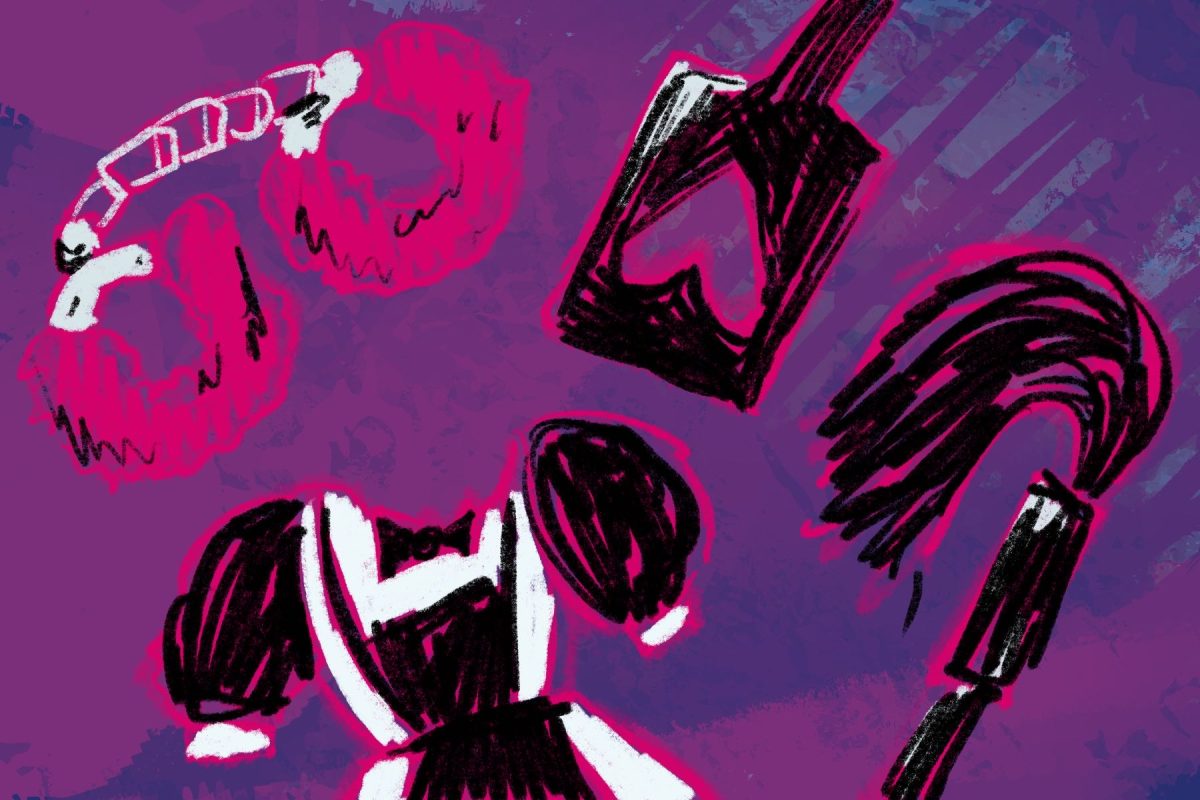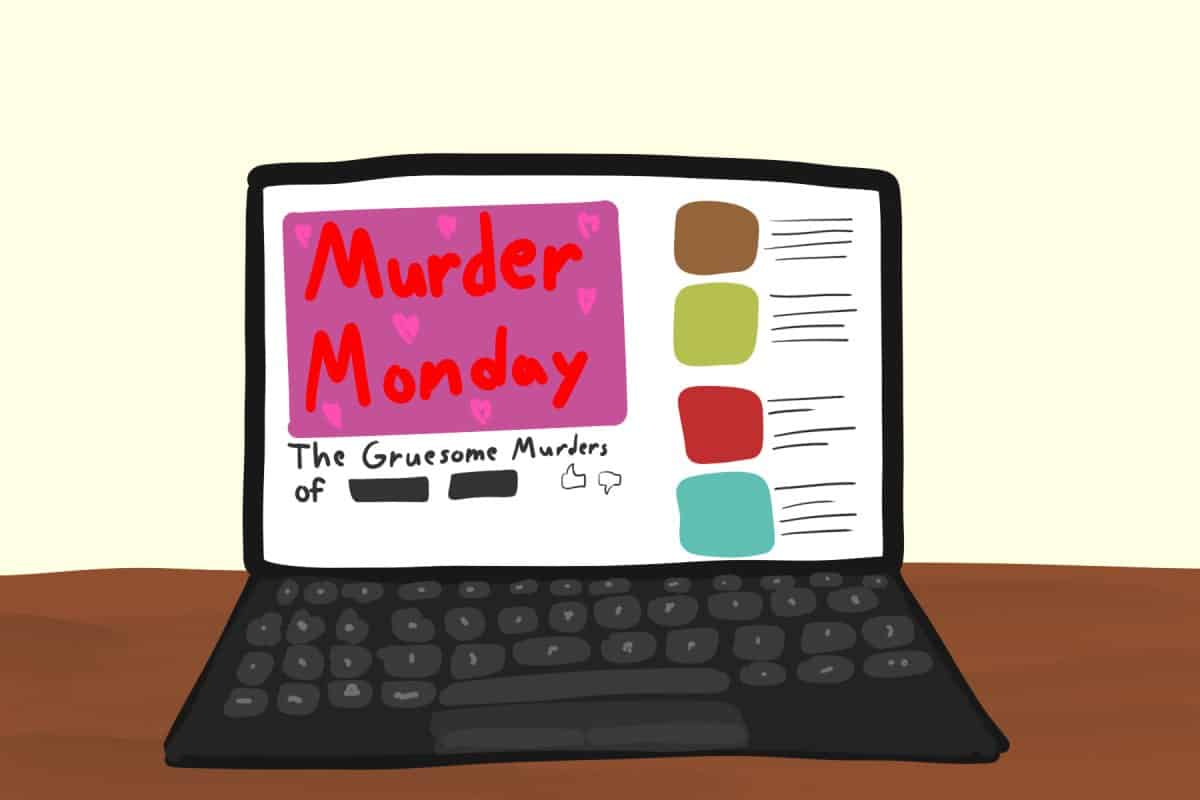Upon returning to campus just in time for the Iron Bowl after a short but much needed Thanksgiving break, characterized by turkey-induced comas followed by hours of frenzied Black Friday shopping, I was warmly greeted by the new installment of Christmas lights on Lurleen Wallace. It took only this small difference and other touches, like the gigantic wreaths displayed outside Gorgas, to immediately bring to mind all the wonderful festivities associated with the holiday season.
When I think about the holidays, ABC Family’s 25 Days of Christmas classics such as “A Christmas Story,” “Christmas Vacation” and even “Elf” all come to mind. I think of Starbucks’s peppermint mocha, gingerbread latte and its accompanying family of seasonal drinks. I think of cozy nights spent by the warm glow of our fireplace listening to 96.5’s endless slew of Christmas songs with the scent of freshly cut pine mingling with my mom’s favorite apple cider candle.
But most importantly, when I think of the holidays, I think about Christmas cards – Christmas cards stuffed in our mailbox, Christmas cards strewn haphazardly across our kitchen counter, Christmas cards stuck to our refrigerator, Christmas cards lined up across our living room mantle and Christmas cards piled at the top of our overfilled trashcan.
Personally, my family has never sent Christmas cards, not because we’re heartless Grinches, and not out of some valiant effort to protest the increasing commercialization of Christmas. The primary reason we don’t send Christmas cards is because we’re too lazy. This, however, does not stop us from receiving them from virtually everyone we know (and sometimes don’t know), from my mom’s co-workers to my dad’s distant second and third cousins.
The Christmas cards come funneling in with as much variety as there is in the cereal aisle at the local Super Target. There are religious-themed cards, cheesy cartoon cards, glossy picture cards featuring smiling families dressed in carefully thought-out coordinating outfits, and my personal favorite, cards stuffed with the infamous “family progress letters.”
These “family progress letters” are the most fascinating aspect of the entire Christmas card phenomenon. In case you have never experienced the good fortune of being sent your very own “family progress letter,” I’ll provide a short breakdown of its major components.
It is usually one page or less, features an opening paragraph wishing everyone a good holiday season, followed by a series of paragraphs detailing the various triumphs and hardships of each family member, and ends with a short summation of how blessed the family has been over the past year as well as the things they look forward to in the next.
The entire letter is typed and written in third person, as if the family is important enough to have some outside source write about their lives, rather than just have the father or mother write a personal letter to update friends and family on job promotions, broken bones, graduations and other such common family occurrences.
Often these letters come from friends and family that we don’t communicate with at all during the year, save for the reliable Christmas card and accompanying progress letter. And it is this detail that provides some interesting insight into American culture.
As a nation, America cares quite a bit about appearances. We want to appear strong, successful and economically stable because, after all, we are a world superpower and self-declared “The Greatest Nation on Earth.” America’s people, in the great tradition of our self-satisfied country, are no different.
We send Christmas cards to spread some good ole fashioned holiday cheer of course, but more importantly we send Christmas cards to make sure everyone knows just how successful and prosperous we are and will continue to be.
Tara Massouleh is a freshman majoring in journalism and English. Her column runs weekly on Wednesdays.








